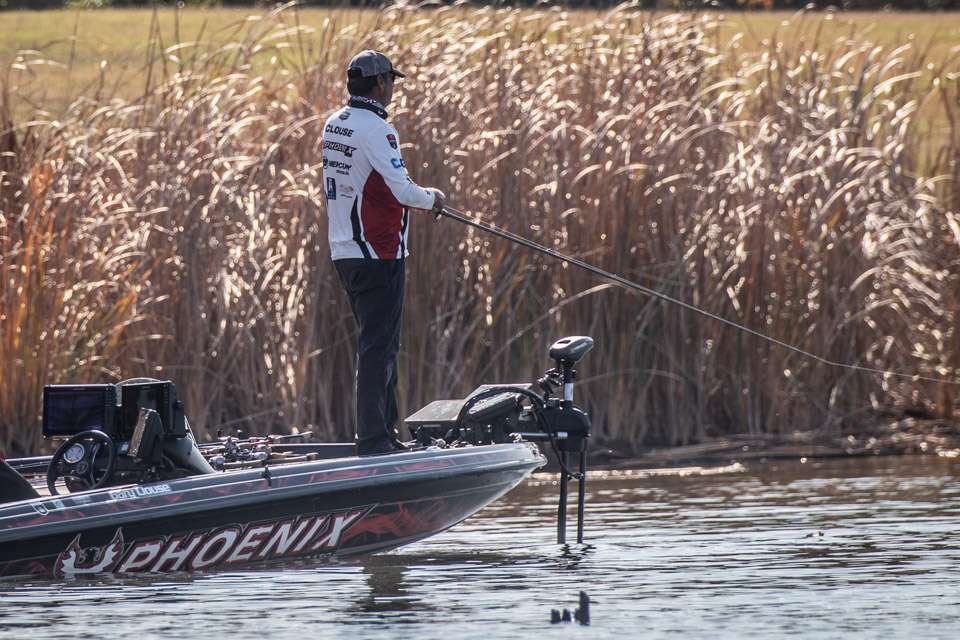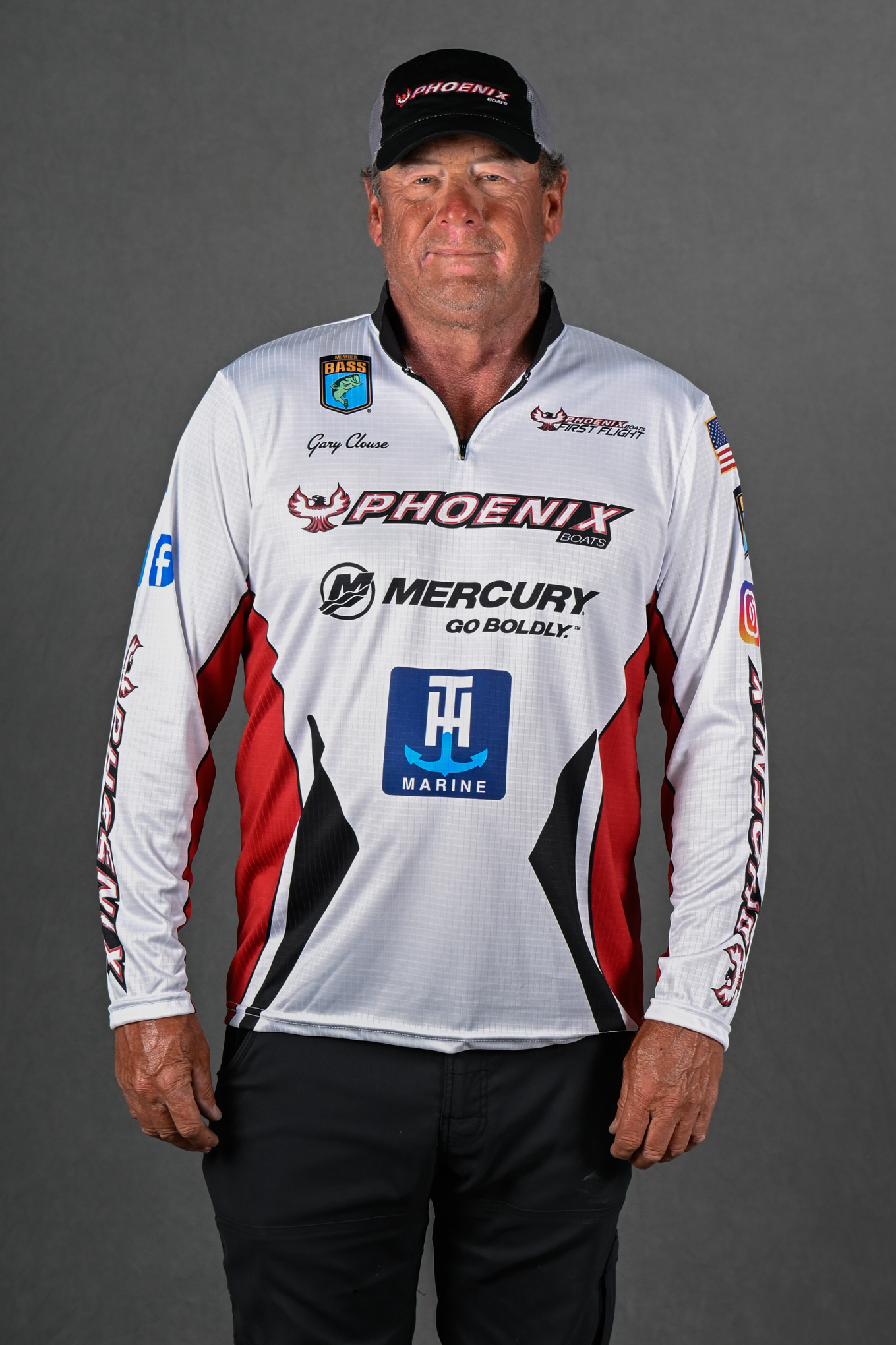
Anglers who don’t think of shallow crankbaits as a good choice for cold water are mistaken.
You would be surprised how shallow the fish can get even when the water temperature hangs in that mid-40s to low 50s zone. In fact, this pattern should be heating up over the next month or so, depending upon where you fish.
When the water is cold, you can leave your big bodied, deep plugs at home. This is a time to downsize, and I will explain that later.
It’s a timing thing with sunshine being the key. When you have two or three days of sunshine on shallow rocks, you’re going to see bass moving up there.
I look for rocky areas close to deep water, such as where a channel swings close to the bank or on points going into creeks. Of course, fish won’t be on all of them, but it’s a pattern worth running when you’ve had a few days of consistent sunshine.
The north side of the lake tends to get more sunshine, so any of those rocky areas close to deep water will likely warm faster.
Also, look for those areas with darker rocks or those with moss growing on them; they hold heat better and that’s what attracts the fish.
The beauty of this pattern is there’s no need to be on the water at dawn; it works better in the afternoon after the sun has had time to radiate the bottom.
A one- or two-degree rise in water temperature can get the fish actively feeding.
It’s also a time when the wind isn’t your friend. I like windy banks during the warmer water periods, but the wind can work against you when the water is cold. I prefer calm areas where the sun more readily penetrates the surface and warms those rocks.
I will downsize my crankbaits during the cold water period, choosing those with smaller profiles and tighter wiggles. One of my favorites is the Spro Little John, but the Berkley Fritts Side Series 5 and Rapala Shad Rap are other good ones. If the fish are a little deeper, the Rapala DT 6 is an excellent choice. The Lucky Craft Flat Mini SR is a good cold-water bait, but they are hard to find.
The fish aren’t very aggressive in that cold water, and I suspect they are up on those rocks feeding on crawfish. Experiment with colors, but remember that red is good early in the season.
If the water is extremely shallow, I will hold my rod tip high and finesse the lure, allowing it to roll over the tops of the rocks. The fish are pretty lethargic, so sometimes you think you’re snagged on a rock, but it’s actually bass.
And remember — the fishes’ mouths toughen up during the winter so you need to get a good hook in them.
That’s why I swap out the factory hooks with Gamakatsu Aaron Martens Nano Finesse Treble Hooks. Gamakatsu doesn’t sponsor me, but I’m telling you these hooks will flat out catch ‘em. I started using them last summer and landed fish that were barely hooked and that I probably should have lost.
I use casting gear with 12-pound Seaguar or Sunline Sniper Fluorocarbon on a Shimano Chronarch MG baitcast reel. My rod is the 7-2 medium heavy Castaway cranking rod with a good parabolic bend. I’ve found it’s perfect for landing bass on these little baits and hooks.
So if you see lots of sunshine in the forecast during the coming weeks and your favorite lake has rocky areas, tie on some small crankbaits and go have fun.





